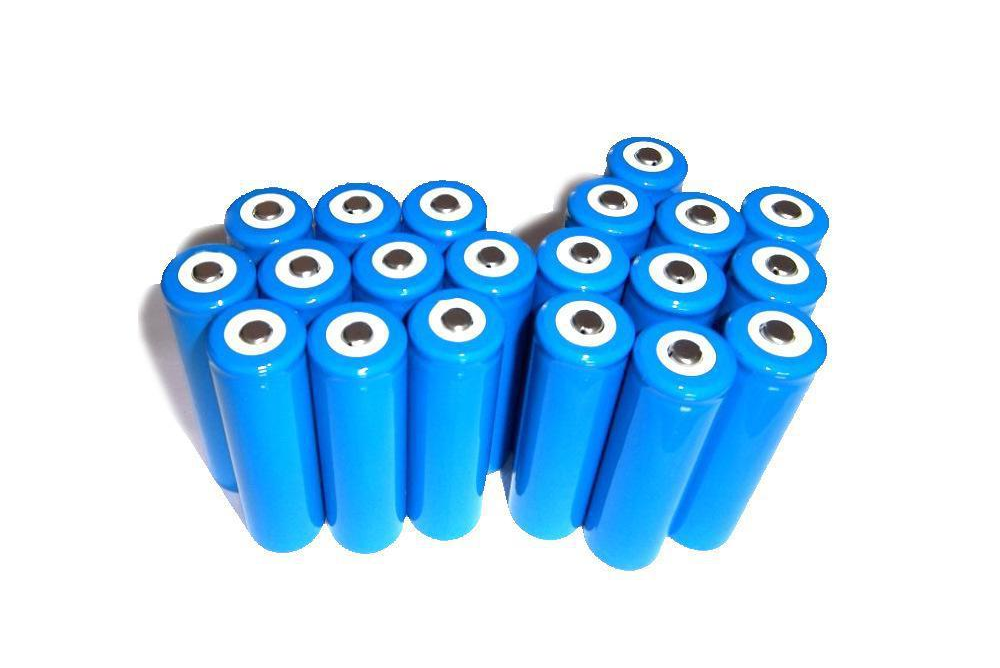Lithium battery is one of the common battery types in life, but as far as lithium battery is concerned, it has many sub-categories, such as ternary lithium battery. In order to improve everyone's understanding of lithium batteries, this article will introduce the service life of ternary lithium batteries, ternary lithium batteries, the factors that affect the life of ternary lithium batteries, and the applications of ternary lithium batteries. If you are interested in lithium batteries, you might as well continue reading.

1. Ternary lithium battery
Ternary polymer lithium battery refers to a lithium battery that uses lithium nickel cobalt manganese or lithium nickel cobalt aluminate as the positive electrode material. There are many kinds of positive electrode materials for lithium ion batteries, mainly lithium cobalt oxide, lithium manganate, Lithium nickelate, ternary materials, lithium iron phosphate, etc. Among them, lithium iron phosphate has a long charge-discharge cycle life as a cathode material, but its disadvantages are that there is a large gap in energy density, high and low temperature performance, and charge-discharge rate characteristics, and the production cost is relatively high. The technology and application of lithium iron phosphate batteries have been Encountered development bottlenecks; lithium manganese oxide batteries have low energy density, poor cycle stability and storage performance at high temperatures, so lithium manganese oxide is only used as the positive electrode material of the first-generation international power lithium battery; and multi-element materials have comprehensive performance and The dual advantages of cost are increasingly being paid attention to and recognized by the industry, gradually surpassing lithium iron phosphate and lithium manganate to become the mainstream technology route. Ternary material batteries replace the widely used lithium cobalt oxide batteries and are widely used in the field of notebook batteries.
2. Service life of ternary lithium battery
According to national regulations, the power battery capacity of electric vehicles decays to less than 80% of the new battery state, which can be regarded as the end of the service life of the power battery.
According to battery standards, the life of a ternary lithium battery is determined by the number of cycles of the battery, and the capacity of a ternary lithium battery will continue to decay as the number of charge and discharge increases. In related laboratories, the ternary lithium battery was continuously charged and discharged at a charge-discharge rate of 1C. After 1,000 charging cycles, the battery capacity dropped to 80% of the new battery state.
According to the current technical level of ternary lithium batteries, the current capacity density of power batteries commonly used in electric vehicles is 260Wh/kg. Calculated according to this energy density, the calculation is carried out at 20,000 kilometers a year, and the calculation is based on shallow charging and shallow discharge. , The cycle life is at least 1000 times. If used properly, it can be used for at least 5 to 8 years on an electric vehicle.
3. Factors affecting the service life of ternary lithium batteries
As for what factors will affect the service life of the ternary lithium battery, Hydrogen Cloud Chain believes that this needs to be analyzed from the structure and use of the battery itself, such as: battery material, use environment, and best working conditions.

Specifically, in the process of use, due to improper use, an irreversible electrochemical reaction inside the lithium battery leads to a decrease in capacity, such as the decomposition of the electrolyte inside the battery and the loss of activity of the active materials inside the battery. Leading to a sharp decline in the life of the ternary lithium battery.
Of course, the end of the service life of the power battery of an electric vehicle does not mean that the battery cannot be charged or discharged, but that the discharge capacity of the battery at this time has dropped more compared with the state of the new battery. Poor car experience. Since the power battery service life standard was formulated in the past few years, the battery capacity was small at that time, and the driving range of electric vehicles was short, attenuating to less than 80% of the new battery. It really felt that the driving range was shortened a lot. For example, if the driving range is 200 kilometers, the battery has attenuated to 80%, and it is necessary to charge for 160 kilometers. Now the driving range of electric vehicles is already high, and the 20% attenuation does not make the user experience so much.
Fourth, the application of ternary lithium battery
According to statistics, the application of ternary lithium batteries will increase by 8% next year. We usually use ternary lithium batteries in passenger cars, and the application penetration rate is growing very fast. It has reached nearly% four years ago. Sixty, and the use of special vehicles has a higher penetration rate than passenger vehicles. Today's mainstream sales cars, such as BAIC and BMW, have all used ternary lithium batteries, so the application of ternary lithium batteries in various electric vehicles is very common.





























 401,Building A1,No.168,Changshan IndustrialZone Liulian Community,Pingdi Street,Shenzhen Guangdong Province,China
401,Building A1,No.168,Changshan IndustrialZone Liulian Community,Pingdi Street,Shenzhen Guangdong Province,China